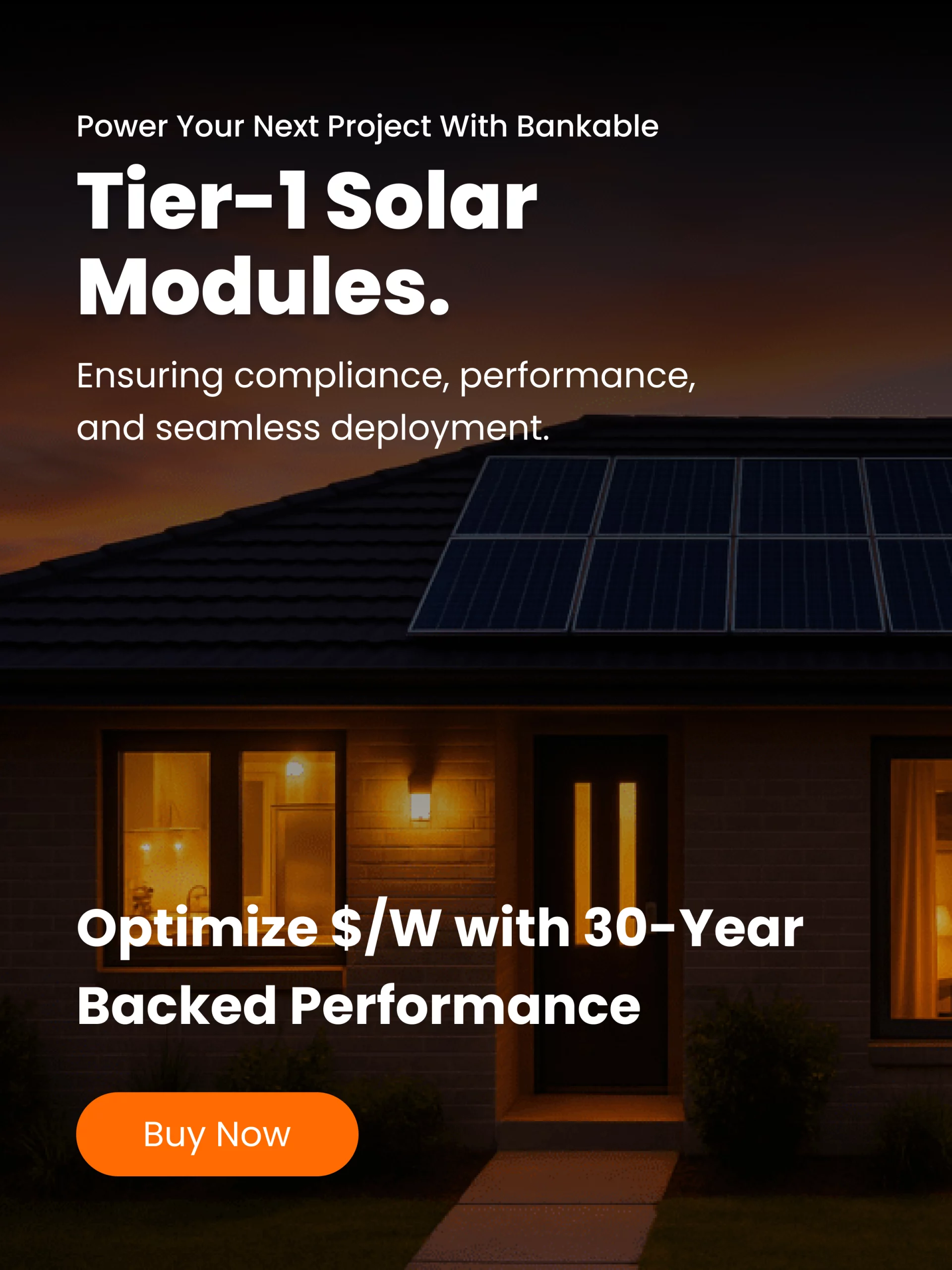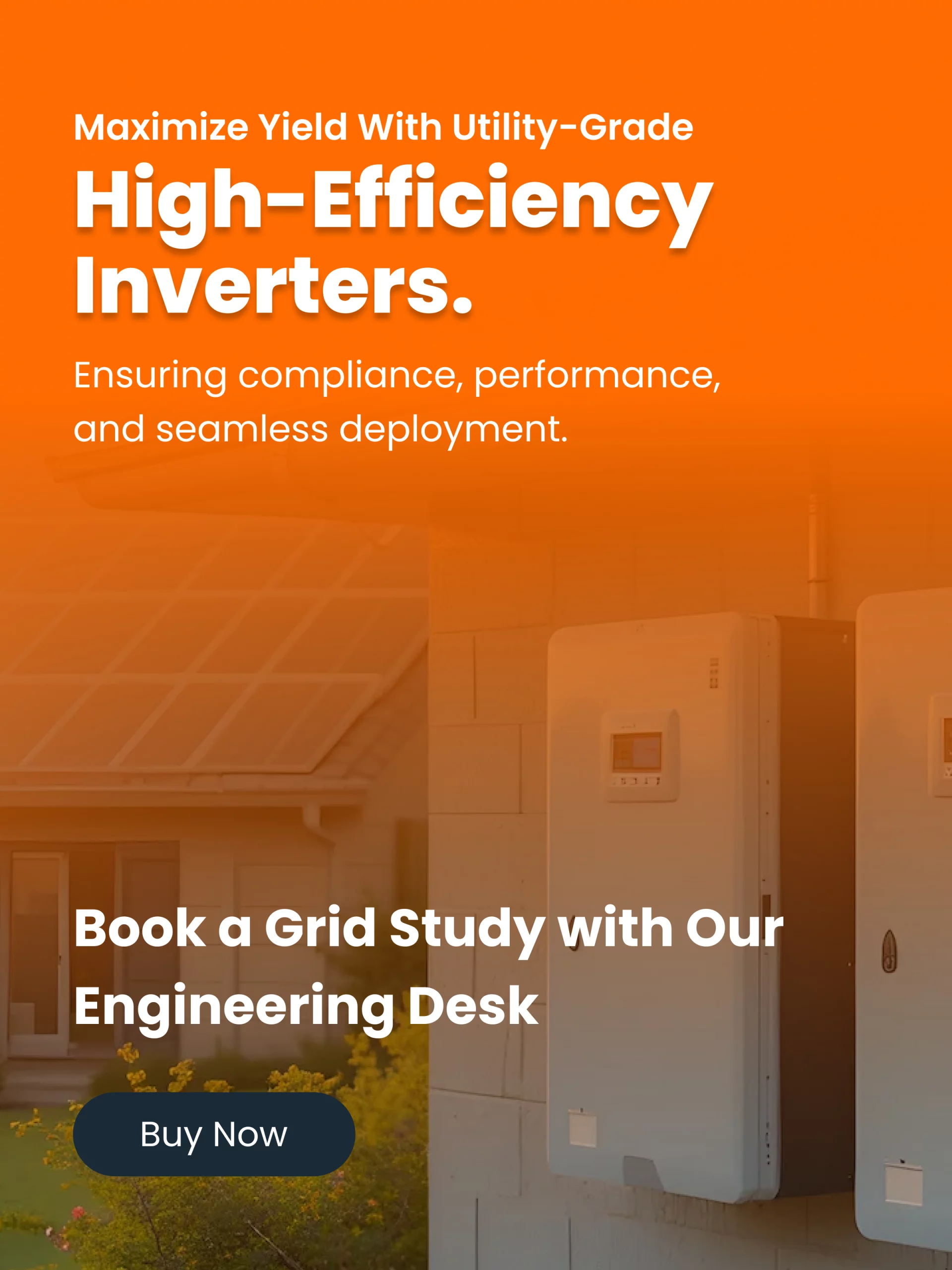Introduction:
Heavy industry – sectors like steel, cement, chemicals, and manufacturing – lies at the heart of the global economy, but it also presents one of the toughest frontiers for clean energy. These industries currently account for roughly one-third of the world’s energy use and a quarter of global greenhouse emissions. To reach climate goals, carbon emissions from heavy industry need to decline by an astounding 93% by 2050. Achieving this will require bridging renewables and industry in ways never before seen. The good news is that innovative solutions are emerging to connect renewable energy with industrial processes – essentially bringing green power and fuels into factories, mills, and plants that have historically run on coal, oil, and gas. Early examples show promising results: for instance, an Egyptian cement company recently cut its greenhouse emissions by 15% by opening the country’s largest industrial solar plant to help power its operations. Such cases illustrate that even hard-to-abate sectors can begin to transition. In this article, we explore how renewables are being integrated into heavy industry and highlight key solutions that are bridging the gap between clean energy and industrial needs.
Heavy industry manufacturing facility on a production line.
Challenges in Greening Heavy Industry:
Why has heavy industry been slower to adopt renewables compared to, say, the power sector? The challenges are both technical and economic. Industrial processes often require extremely high temperatures (for example, making steel or cement) or chemical reactions that traditionally depend on burning fossil fuels. These processes run continuously at massive scale, making it hard to simply plug in intermittent renewable power. Additionally, many heavy facilities have decades of investment in specific fossil-fuel-based equipment, which isn’t easily replaced. There are also competitiveness concerns – basic materials industries operate on thin margins, so any shift to new energy sources must be cost-effective to avoid pricing out their products. Despite these hurdles, pressure to decarbonize heavy industry is mounting. “Business as usual” in high-emitting sectors like cement, steel and chemicals is no longer viable given global climate commitments. Policymakers are introducing carbon costs and clean energy mandates that will increasingly affect industrial operators. And crucially, renewable energy technology has advanced to a point where it can begin to meet some of industry’s unique needs. The task at hand is adapting and scaling those clean solutions for use in factories and plants – effectively bridging the gap so that even smokestack industries can run on green energy without sacrificing productivity.
Emerging Renewable Solutions for Industry:
Multiple cutting-edge approaches are now helping integrate renewable energy into heavy industry. Here are some of the most promising solutions enabling renewables to power industrial processes:
- Electrification of Industrial Heat and Processes: One key strategy is to replace fossil-fueled equipment with electric versions that can be powered by renewable electricity. For example, high-temperature electric arc furnaces (run on renewables) can substitute for coal-fired blast furnaces in steelmaking. Electric boilers and heaters can provide process heat for chemical and food industries. Even heavy machinery like smelters and kilns are being redesigned to use electric resistance or induction heating. The advantage of electrification is that it allows a factory to tap into carbon-free power from the grid or on-site solar/wind. Of course, electrifying something like a cement kiln is challenging, but pilot projects are underway. With smart control systems, industries can schedule these electric processes to run when renewable power is plentiful. In practice, we already see manufacturers installing large solar arrays on-site and converting some operations to electricity – a double win of generating green power on their factory roofs and using it right there. (Many are opting for thin-film solar panels on expansive factory rooftops due to their lighter weight and performance in diffuse light.) Over time, as more industrial equipment becomes electrified, the role of renewables in powering factories will continue to grow.
- Green Hydrogen and Clean Fuels: Not all industrial needs can be met with direct electrification, especially when it comes to certain chemical reactions or extremely high heat. This is where green hydrogen comes in as a game-changer. Green hydrogen is produced by using renewable electricity (from solar, wind, etc.) to split water molecules, yielding hydrogen fuel without emissions. Heavy industries are experimenting with using green hydrogen in place of fossil fuels. For example, steelmakers are piloting processes that use hydrogen instead of coal in iron reduction, creating what’s known as “green steel”. Hydrogen can also be burned in furnaces or kilns to provide high heat for cement and glass production, or used as a feedstock in chemicals and fertilizers (replacing natural gas-derived hydrogen). Other clean fuels like ammonia (made from green hydrogen) or biofuels can also play a role for certain industrial applications and heavy transport (e.g. powering cement trucks or mining equipment). The idea is that renewables don’t have to directly electricify everything – they can be converted into clean molecules that heavy industry can use in much the same way as fossil fuels, but without the carbon footprint. Several partnerships are already underway between renewable energy developers and industrial firms to build electrolysis plants (for hydrogen) near factories. As these projects scale up, we’ll effectively be feeding renewable energy into industrial processes in a form they can readily utilize.
- On-Site Renewables and Industrial Microgrids: Another way renewables are bridging into industry is through on-site generation and microgrids tailored for industrial facilities. Instead of drawing all power from centralized plants, factories are increasingly installing their own renewable energy sources – think solar farms on plant property or wind turbines at an industrial park. These on-site systems can directly supply a portion of the facility’s power needs with clean energy. For instance, a large manufacturing complex might install tens of megawatts of solar panels across its campus to run daytime operations. Coupled with battery storage, this can cover even more of its load after sundown. Industrial microgrids take this concept further by integrating various sources (solar, batteries, possibly backup generators and even fuel cells) and intelligently balancing them with the grid supply. The microgrid can ensure critical processes have uninterrupted power and can switch to island mode during grid outages. What’s groundbreaking is that such microgrids allow heavy facilities to maximize renewable usage – they can dynamically use solar or battery power when available and only draw from the grid as needed. A real-world example is the Arabian Cement case: by implementing efficiency and building a large solar plant, they effectively created a partial microgrid that now saves enough energy to power 3,000 homes per year. Around the world, many mining sites, refineries, and factories in remote areas are deploying solar-plus-storage microgrids to reduce reliance on diesel generators and cut costs. This trend brings renewable energy literally to the factory doorstep, bridging the gap between green power production and industrial consumption on-site.
- Advanced Energy Efficiency and Recovery: While not a direct source of renewable energy, advanced efficiency measures in heavy industry complement renewables by reducing the overall energy required. This includes recovering waste heat and converting it to electricity (which effectively adds a renewable source if that electricity displaces grid power), using smart control systems to optimize motors and drives, and implementing circular processes (recycling heat, reusing materials) so that less new energy is needed. For example, some steel plants capture waste heat from cooling slag and use it to generate steam for electricity. Others use algorithms to schedule production runs at times when renewable energy supply on the grid is high (often aligning with lower prices). These methods ensure that whenever renewables are available, they can be fully utilized, and that industrial processes aren’t unnecessarily guzzling energy. The more efficient a plant is, the easier it is to run on a higher share of renewables. Energy efficiency is thus a crucial bridge – it narrows the gap that renewables must fill. Many heavy companies have set aggressive energy intensity reduction targets and are deploying technologies from high-performance insulation to AI-based process controls to hit those goals. Efficiency may lack the excitement of hydrogen or solar, but it’s absolutely foundational to making renewably powered industry feasible.
Toward a Greener Industrial Future:
Bridging renewables and heavy industry is a formidable endeavor, but the progress to date shows it’s achievable. Renewable integration in industry is moving from small pilot projects to larger demonstrations and, soon, full-scale rollouts. Governments and industries are collaborating to create “industrial clusters” where shared clean energy infrastructure (like a hydrogen hub or a dedicated renewable power plant) serves multiple factories. This can achieve economies of scale and de-risk the transition. Moreover, financial and policy support is growing – climate financing initiatives are helping fund first-of-a-kind projects in developing markets, and policies like carbon pricing make the economics of renewables more attractive for industry. Crucially, heavy industry leaders are increasingly buying into the transition. Many have announced net-zero pledges and are investing in R&D for clean production methods. This momentum will likely accelerate as technology costs fall. For instance, the cost of green hydrogen is projected to decline significantly this decade, making it more competitive for steel and fertilizer production. Similarly, advances in battery tech could allow even larger-scale storage for industrial facilities, stabilizing renewable supply. While challenges remain – some industrial processes still lack a fully proven renewable solution – the trajectory is set. Each successful pilot (like the green steel initiatives or solar-driven cement plant) builds confidence that 100% renewable-powered heavy industry is not a fantasy, but a future within reach.
Conclusion:
Bridging the gap between renewables and heavy industry is vital for achieving global climate targets. The task is challenging, but as we’ve seen, multiple pathways are being forged: electrification of processes, green hydrogen fuel, on-site clean power, and efficiency improvements are all helping heavy industries embrace renewable energy. The example of Arabian Cement in Egypt and others around the world demonstrate that even legacy industrial players can innovate and substantially reduce emissions with renewable solutions. As these technologies mature, we can expect formerly “dirty” industries to progressively get cleaner and more competitive – proving that economic development and decarbonization can go hand in hand. Heavy industry’s transformation has just begun, but it is picking up pace. By investing in these emerging energy solutions now, industrial companies can future-proof their operations against rising carbon costs and build resilience with independent green energy sources. The bridge between renewables and industry is being built one innovation at a time, and crossing it will lead us to a more sustainable, yet still highly productive, industrial era. The heavy industries of tomorrow may still forge steel, cement, and chemicals – but they’ll do so powered by the sun, wind, and ingenuity.




